Once the North Korean heir apparent, Kim Jong-nam was assassinated at a busy airport in Malaysia in February 2017 — presumably on the orders of his younger brother, Kim Jong-un.
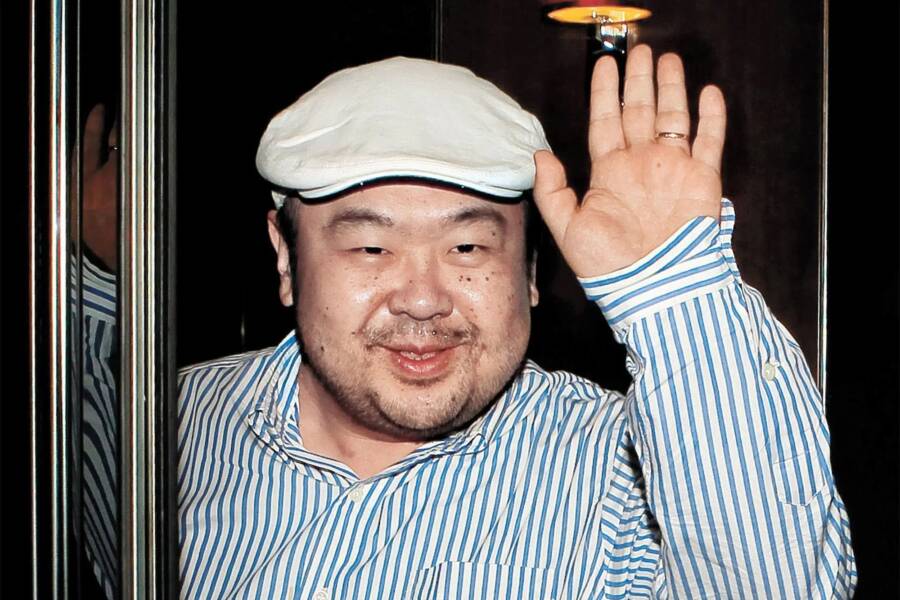
JoongAng Sunday/AFP/Getty ImagesMany believed that Kim Jong-nam would succeed his father, Kim Jong-il, before he fell out of favor with the regime.
As the eldest son of North Korean leader Kim Jong-il, Kim Jong-nam was widely believed to be his father’s heir to the Democratic People’s Republic of Korea (DPRK). However, his path to power was derailed as he got older. And, in February 2017, Kim Jong-nam was brazenly assassinated as he walked through an airport in Malaysia.
Kim Jong-nam’s fall from grace seemingly began in 2001, after a highly publicized debacle in which he was caught attempting to enter Japan with a Dominican Republic passport. He reportedly said he just wanted to take his family to Tokyo Disneyland, but the whole ordeal proved to be a rather significant embarrassment to the North Korean regime.
Following the incident, Kim Jong-nam effectively lived in exile, primarily in Macau. And, as rumors spread that his father Kim Jong-il had begun to favor his younger half-brother, Kim Jong-un, it seemed that he’d been removed from the line of succession as well.
After Kim Jong-il died in 2011, and Kim Jong-un took power in North Korea, multiple attempts were made on Kim Jong-nam’s life. The final fatal attack came in 2017, when Kim Jong-nam was killed at Kuala Lumpur International Airport in a shocking public assassination.
Early Life And Position As Heir Apparent
Born on May 10, 1971 in North Korea, Kim Jong-nam was the first son of Kim Jong-il. He was born out of wedlock — Kim Jong-il had been having a secret affair with Song Hye-rim, a North Korean actress. Because of this, and because of his grandfather Kim Il-sung’s disapproval, much of Kim Jong-nam’s early life was kept secret from the public.
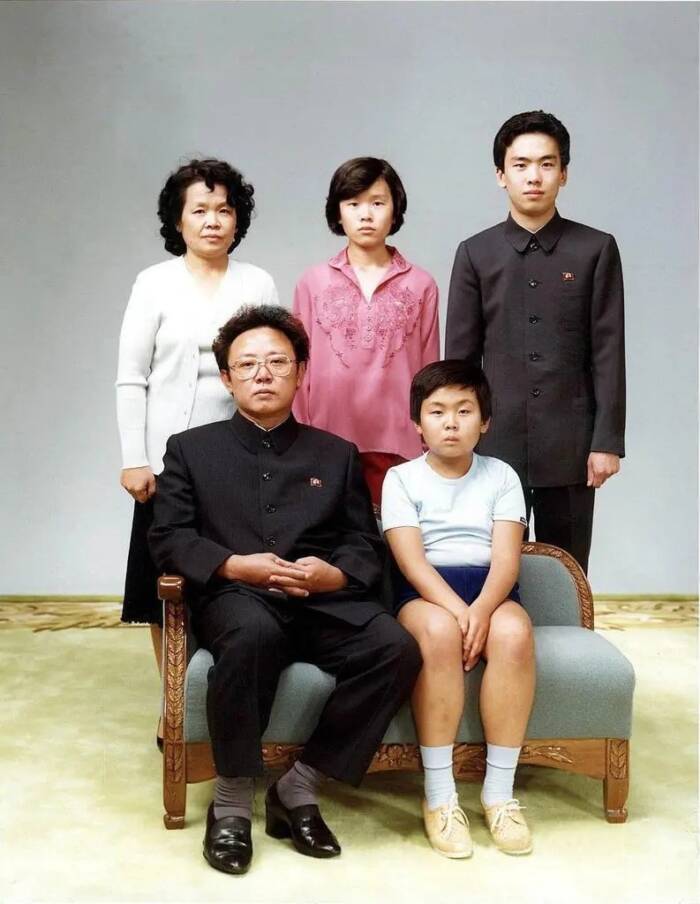
Korean Central News AgencyA photo of Kim Jong-nam with his father, Kim Jong-il, released by the state news agency of North Korea.
Still, it seemed that Kim Jong-nam would likely one day succeed his father as the leader of North Korea. As a child, he attended international schools in Moscow and Geneva, and learned to speak German and French (as well as English). Kim Jong-nam was also exposed to international ideas and enjoyed freedom of movement.
But his return to North Korea in 1988 was difficult. For one, Kim Jong-nam felt trapped living behind the palace gates in Pyongyang. For another, his father had begun a relationship with a dancer named Ko Yong Hui, with whom he’d have three children including Kim Jong-nam’s half-brother Kim Jong-un.
That said, Kim Jong-il still seemed to have plans for his eldest son. Technologically minded, Kim Jong-nam was appointed to the Computer Committee and helped build out the country’s intranet. He also served in the Korean People’s Army and was appointed to a senior position in the Ministry of Public Security. But then everything changed.
In 2001, Kim Jong-nam embarrassed the North Korean regime. His position deteriorated, and any chance he had of taking over for his father vanished.
Kim Jong-Nam’s Fall From Grace
Kim Jong-nam’s fall from grace came in May 2001. According to a Washington Post article from that year, Kim Jong-nam was arrested at Tokyo’s Narita International Airport while traveling with two women and a four-year-old boy, thought to be his son. He had a passport from the Dominican Republic which identified him as Pang Xiong (“Fat Bear”).
Though Kim Jong-nam had entered the country before, this time the Japanese authorities had been tipped off about his arrival. They detained him and Kim Jong-nam eventually admitted to his identity. He said that he brought his family to Japan in order to go to Tokyo Disneyland. Shortly thereafter, he and the others were expelled from Japan.
Although no charges were pressed by the Japanese, the incident was embarrassing for the North Koreans. Not only was Kim Jong-nam’s indulgent choice of destination highly shameful, but he’d also exposed how North Korean elites could travel the world on fake passports.

Wikimedia CommonsFormer North Korean leader Kim Jong-il, Kim Jong-nam’s father.
The Tokyo Disneyland incident seemingly changed the trajectory of Kim Jong-nam’s life, but it’s possible that other factors were also at work to keep him from attaining power in North Korea. Exposed to Western ideas at a young age, Kim Jong-nam purportedly advocated for political and economic reform in his country. A shocking Wall Street Journal report from 2019 even claimed that Kim Jong-nam was a source for the CIA.
Meanwhile, his younger half-brother Kim Jong-un seemed to fall much more in line with their father’s regime.
Indeed, as Kim Jong-nam entered quasi-exile, taking up residence primarily in Macau (though he also traveled extensively, including in Europe), Kim Jong-un’s star seemed to rise. In 2009, reports emerged claiming that Kim Jong-un had been officially named his father’s heir. And when Kim Jong-il died in 2011, Kim Jong-un officially took power.
From that point on, Kim Jong-nam’s days were numbered.
The Failed Attempts On Kim Jong-Nam’s Life
Though his father had purportedly “urged that Kim Jong-nam be left alone and not targeted or harassed by the regime,” in his will, according to North Korean House of Cards by Ken Gause, there were several attempts on Kim Jong-nam’s life before and after Kim Jong-il’s death.
A North Korean agent arrested in South Korea admitted that they’d been tasked with killing Kim Jong-nam in 2010; in 2011 there were also reports about attempts on his life after the death of his father.
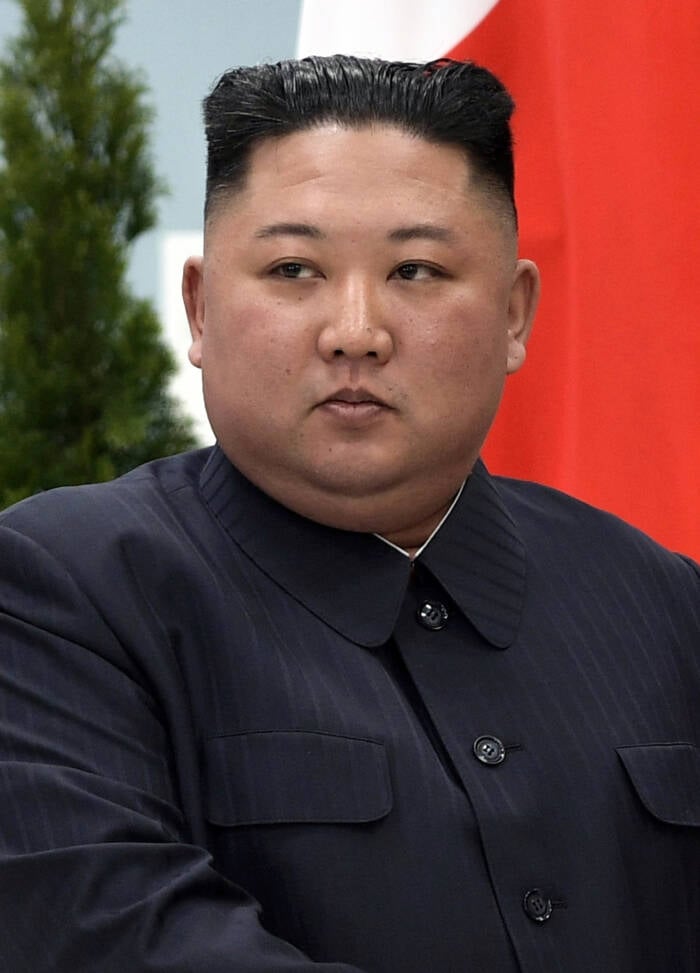
Wikimedia CommonsKim Jong-un, current leader of North Korea and Kim Jong-nam’s younger brother.
In 2012, there was yet another attempt on Kim Jong-nam’s life. That year Kim Jong-nam allegedly wrote to Kim Jong-un, pleading to be simply left alone. “We have nowhere to go, nowhere to hide,” he purportedly wrote. “We are well aware that the only way to escape is suicide.”
Indeed, it seemed very likely that Kim Jong-un was behind the assassination attempts, as he may have wanted to remove any threats to his regime. If so, his brother’s letter fell on deaf ears. When assassins came for Kim Jong-nam in 2017, they would finally succeed.
Kim Jong-Nam’s Death After Being Attacked At A Malaysian Airport
The assassination of Kim Jong-nam took place on Feb. 13, 2017 at Kuala Lumpur International Airport in Malaysia. The method of assassination was as unusual as it was effective: two women approached him separately in the departure hall, smeared a substance on his face, and disappeared.
Kim Jong-nam then sought help at an airport service counter, reporting that someone had wiped a liquid on his face. Airport clinic workers tried to help him, but it was clear that he was rapidly deteriorating.
“When I saw him, his hands were clutching his head,” the airport clinic doctor recounted, according to the Washington Post. “He was closing his eyes tightly and his face was very red. He was sweating profusely.”
Kim Jong-nam died en route to the hospital about 20 minutes later.

ZUMA Press, Inc./Alamy Stock Photo A Malaysian newspaper story about Kim Jong-nam’s assassination.
The assassination shocked the world. It was public, it was precise, and it had been captured by security cameras. Footage showed two women — Doan Thi Huong from Vietnam and Siti Aisyah from Indonesia — approach Kim Jong-nam separately and apply the substances. One wiped his face with it. The other came up behind him and covered his eyes with her hands, slid her hands down to his mouth, then apologized and walked away.
The substance was later identified as VX nerve agent, a military-grade chemical weapon classified by the United Nations as a weapon of mass destruction and banned by the Chemical Weapons Convention of 1993.
How The World Responded To The Assassination Of Kim Jong-Nam
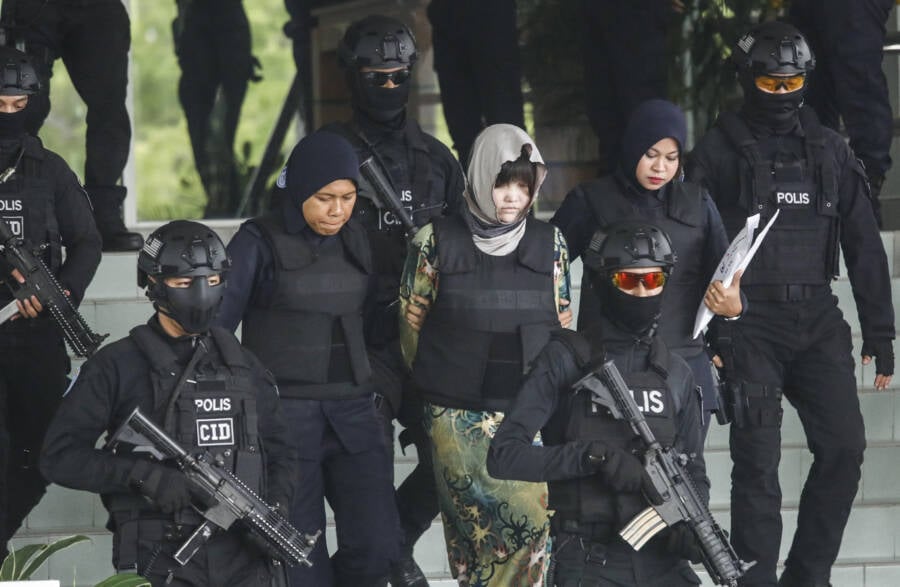
ZUMA Press, Inc./Alamy Stock Photo Đoàn Thị Hương being escorted by armed guards during her trial.
Malaysian authorities quickly launched an investigation, and Huong and Aisyah were arrested within days of the attack. They claimed they believed they were participating in a prank for a reality TV show — and had no knowledge they were committing murder. Meanwhile, several North Korean suspects also fled Malaysia after the death of Kim Jong-nam.
The investigation created significant diplomatic tension between Malaysia and North Korea. North Korea denied any involvement in the killing and refused to acknowledge the body was Kim Jong-nam’s, referring to him only as “Kim Chol,” the name on his diplomatic passport. The regime also demanded the immediate release of the body and objected to an autopsy.
Eventually, this escalated to the point where both countries expelled each other’s ambassadors, and North Korea temporarily barred Malaysian citizens from leaving the country.
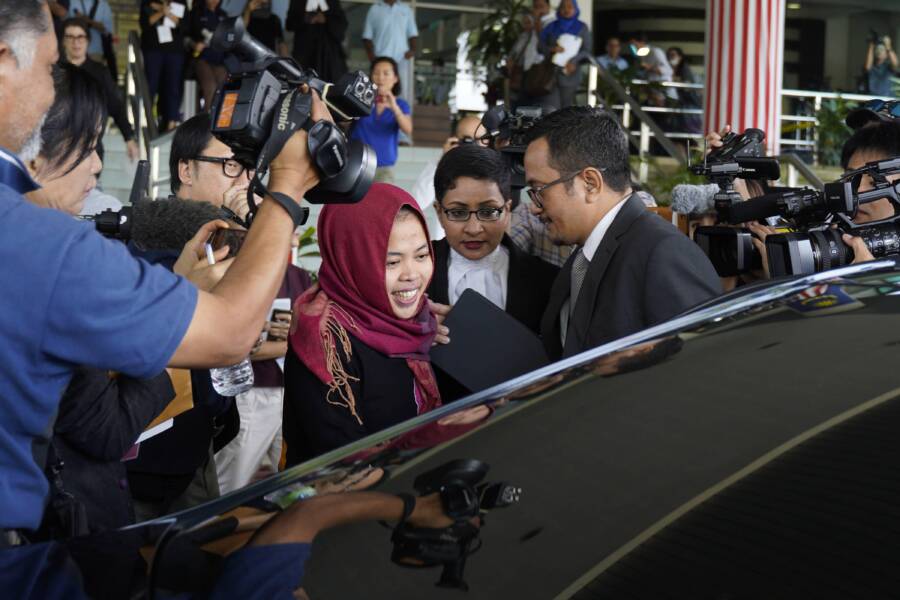
Imago/Alamy Stock PhotoSiti Aisyah leaving court in Shah Alam, Malaysia, March 11, 2019, after murder charges against her were withdrawn.
The trial of the two women began in October 2017, but neither ultimately faced any serious repercussions. In March 2019, charges against Siti Aisyah were dropped, and she was released. The following month, prosecutors reduced the murder charge against Đoàn Thị Hương to “causing injury,” to which she pleaded guilty. She was sentenced to three years and four months in prison but was released early in May 2019.
In the wake of Kim Jong-nam’s death, several countries, including the United States and South Korea, explicitly accused North Korea of ordering the killing. The U.S. imposed additional sanctions on North Korea in March 2018, Malaysia cooled its diplomatic stance after being one of the few countries relatively friendly toward North Korea, and the image of Kim Jong-un as a ruthless leader was all but set in stone globally. All the while, North Korea never admitted any involvement.
Still, if the assassination of Kim Jong-nam was meant to send a message, it was received loud and clear.
After reading about Kim Jong-nam and his shocking 2017 assassination, discover the tragic story of Otto Warmbier, the American college student who died after being imprisoned by North Korea for 17 months. Or, learn the strange story of Peace Village, the ghost town on the North Korean border that South Korea says is all propaganda.





